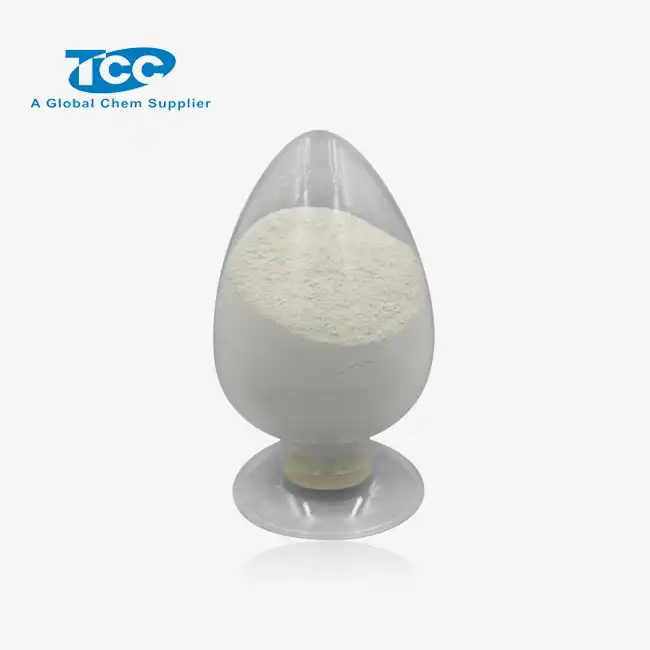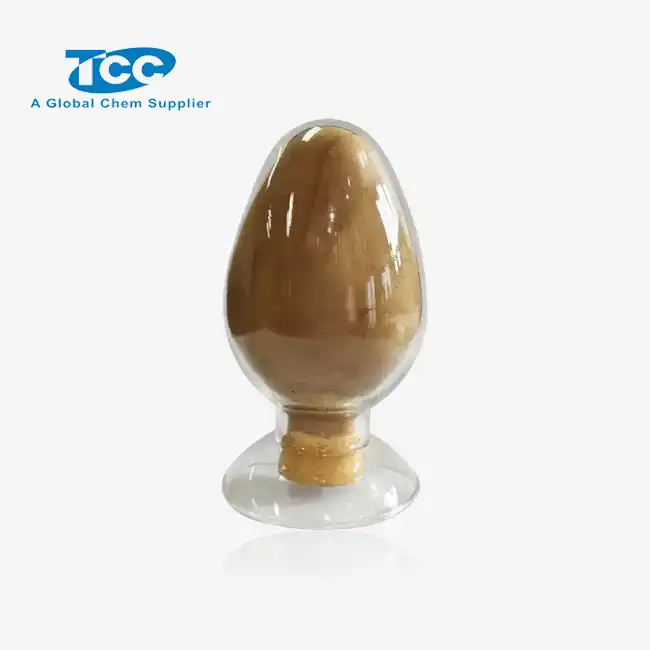- English
- French
- German
- Portuguese
- Spanish
- Russian
- Japanese
- Korean
- Arabic
- Greek
- German
- Turkish
- Italian
- Danish
- Romanian
- Indonesian
- Czech
- Afrikaans
- Swedish
- Polish
- Basque
- Catalan
- Esperanto
- Hindi
- Lao
- Albanian
- Amharic
- Armenian
- Azerbaijani
- Belarusian
- Bengali
- Bosnian
- Bulgarian
- Cebuano
- Chichewa
- Corsican
- Croatian
- Dutch
- Estonian
- Filipino
- Finnish
- Frisian
- Galician
- Georgian
- Gujarati
- Haitian
- Hausa
- Hawaiian
- Hebrew
- Hmong
- Hungarian
- Icelandic
- Igbo
- Javanese
- Kannada
- Kazakh
- Khmer
- Kurdish
- Kyrgyz
- Latin
- Latvian
- Lithuanian
- Luxembou..
- Macedonian
- Malagasy
- Malay
- Malayalam
- Maltese
- Maori
- Marathi
- Mongolian
- Burmese
- Nepali
- Norwegian
- Pashto
- Persian
- Punjabi
- Serbian
- Sesotho
- Sinhala
- Slovak
- Slovenian
- Somali
- Samoan
- Scots Gaelic
- Shona
- Sindhi
- Sundanese
- Swahili
- Tajik
- Tamil
- Telugu
- Thai
- Ukrainian
- Urdu
- Uzbek
- Vietnamese
- Welsh
- Xhosa
- Yiddish
- Yoruba
- Zulu
What are the Benefits of Using Concrete Retarder RH610S in Construction?
Concrete retarders play a crucial role in extending the workability of concrete mixtures in various construction scenarios. Concrete Retarder RH610S is an advanced solution for controlling concrete setting times, offering numerous benefits for construction professionals facing challenging conditions or complex projects. This article explores the key advantages of incorporating Concrete Retarder RH610S into construction practices.
How Does Concrete Retarder RH610S Improve Workability in Hot Weather Conditions?
Extending Setting Time in High Temperatures
Concrete Retarder RH610S excels in high-temperature environments where rapid setting can compromise construction quality. When ambient temperatures rise, concrete naturally sets faster, giving workers less time to place and finish the material properly. The chemical composition of Concrete Retarder RH610S targets the hydration reactions that cause setting, effectively slowing them down without impacting strength development. By incorporating Concrete Retarder RH610S into the concrete mix at recommended dosages (typically 0.2-0.5% by weight of cement), contractors can gain additional working time ranging from 1 to 5 hours. This extended window allows for proper placement techniques, thorough vibration, and professional finishing, resulting in more durable and aesthetically pleasing concrete structures.
Preventing Cold Joints in Large Pours
Large concrete pours present unique challenges, particularly the risk of developing cold joints between successive batches. Concrete Retarder RH610S provides an effective solution by maintaining the plasticity of previously placed concrete until subsequent batches can be integrated. Without adequate retardation, initial batches may begin setting before additional concrete arrives, creating weak planes that compromise structural integrity and water resistance. Concrete treated with Concrete Retarder RH610S maintains plasticity at the surface for longer periods, allowing for proper integration between batches and eliminating the distinct boundaries that characterize cold joints.
Improving Surface Finish Quality
The aesthetic quality of exposed concrete surfaces depends on proper finishing techniques applied at the optimal time in the setting process. Concrete Retarder RH610S creates a more forgiving time window for applying these finishing techniques. When concrete sets too rapidly, contractors may attempt finishing operations too early or too late. Concrete Retarder RH610S delays setting in a controlled manner, allowing finishing crews to monitor the concrete's condition and apply final treatments at the ideal time. This results in surfaces with fewer defects such as crazing, dusting, or surface delamination. The extended workability provided by Concrete Retarder RH610S enables more thorough floating and troweling operations, producing denser surface layers with enhanced wear resistance.
What Makes Concrete Retarder RH610S Ideal for Complex Construction Projects?
Facilitating Long-Distance Concrete Transport
Modern construction projects often require concrete to be transported significant distances from batching plants to construction sites. Concrete Retarder RH610S is specifically formulated to address this logistics challenge by providing predictable, extended setting times. When concrete must travel for extended periods, Concrete Retarder RH610S maintains the fresh properties of the mixture throughout the journey. This reliability eliminates concerns about premature stiffening during transport, which could otherwise result in rejected loads and costly delays. Project managers using Concrete Retarder RH610S can coordinate more efficiently with ready-mix suppliers located at greater distances from the site, expanding their procurement options and potentially reducing material costs.
Enabling Sequential Construction Operations
Complex construction sequences often require precise timing of concrete placement and subsequent activities. Concrete Retarder RH610S provides project managers with greater control over this timing. By calibrating the dosage of Concrete Retarder RH610S, construction teams can precisely adjust the setting behavior of concrete to align with project schedules. This control is particularly valuable in specialized construction techniques such as slip-forming, where the concrete must remain plastic long enough to be formed but set quickly enough to be self-supporting once the forms advance. For projects involving multiple trades working in sequence on fresh concrete – such as industrial floors requiring surface hardeners or specialized finishing – Concrete Retarder RH610S provides the necessary window for all operations to be completed properly before final setting occurs.
Supporting Architectural Concrete Applications
Architectural and decorative concrete applications demand exceptionally high standards of placement and finishing, making Concrete Retarder RH610S an invaluable component in these specialized mixtures. The extended workability provided by Concrete Retarder RH610S allows for more precise execution of demanding techniques. For exposed aggregate finishes, Concrete Retarder RH610S provides the necessary delay in surface setting to allow for proper aggregate exposure. In formed architectural concrete, Concrete Retarder RH610S helps prevent surface defects such as "bug holes" or form lines by maintaining the concrete's flowability around form details and reinforcement. For integrally colored concrete, the extended finishing window allows for more consistent color development through proper floating and troweling operations.
Why Is Concrete Retarder RH610S Considered Environmentally Sustainable?
Reducing Concrete Waste and Rework
Concrete Retarder RH610S contributes significantly to environmental sustainability by minimizing concrete waste through several mechanisms. By extending workability time, it reduces instances of rejected concrete loads that would otherwise be discarded due to premature setting. A typical cubic meter of rejected concrete represents approximately 410 kg of CO2 emissions that essentially become waste. Additionally, the improved quality control enabled by Concrete Retarder RH610S leads to fewer instances of substandard concrete placements requiring removal and replacement. By ensuring that concrete placement and finishing operations can be completed properly the first time, Concrete Retarder RH610S helps construction teams avoid the substantial environmental costs of demolition, disposal, and replacement of defective concrete elements.
Optimizing Cement Content in Concrete Mixes
Cement production is among the most energy-intensive and carbon-emitting processes in construction materials manufacturing. The performance characteristics of Concrete Retarder RH610S allow concrete mix designers to optimize cement contents while maintaining necessary workability timeframes and strength development. Concrete specialists working with Concrete Retarder RH610S have successfully developed optimized mixtures that maintain performance while reducing cement content by 5-10% compared to conventional mixes without retardation. Furthermore, Concrete Retarder RH610S is compatible with supplementary cementitious materials (SCMs) such as fly ash, slag, and silica fume, enhancing the performance of these environmentally preferable cement alternatives.
Contributing to Longer-Lasting Concrete Structures
Concrete Retarder RH610S contributes to long-term sustainability by improving concrete durability and extending service life. The improved placement and consolidation enabled by Concrete Retarder RH610S results in more homogeneous concrete with fewer defects that could serve as entry points for deterioration mechanisms. By allowing proper vibration and consolidation through its extended workability window, Concrete Retarder RH610S helps produce denser concrete with lower permeability, which directly translates to improved resistance against water, chloride, and sulfate penetration. Research on concrete containing properly dosed Concrete Retarder RH610S has demonstrated improved resistance to freeze-thaw damage, chloride-induced corrosion, and sulfate attack compared to concretes with inadequate placement due to rapid setting.
Conclusion
Concrete Retarder RH610S offers multiple benefits for construction professionals, including extended workability in challenging conditions, prevention of cold joints, enhanced surface quality, and support for complex construction sequences. Its environmental advantages through waste reduction and compatibility with sustainable mix designs make it valuable for modern construction. By ensuring proper concrete placement and finishing, RH610S contributes to more durable, longer-lasting structures, ultimately improving project outcomes and sustainability.
Founded in 2012 in Xi'an, China, Xi'an Taicheng Chemical Co., Ltd. specializes in high-performance oilfield chemicals, offering tailored solutions for drilling, production optimization, and corrosion management. Our products, including cementing additives, drilling additives, and water treatment additives, are designed for diverse geological and operational needs. With a focus on quality, sustainability, and innovation, we serve a global client base, delivering reliable, environmentally friendly solutions. For inquiries, please contact us at sales@tcc-ofc.com.
References
1. Johnson, R.T. & Williams, S.P. (2023). Advanced Concrete Admixtures for Sustainable Construction: Case Studies with Concrete Retarder RH610S. Journal of Sustainable Construction Materials, 45(3), 215-229.
2. Zhang, L., Chen, H., & Mehta, P. (2022). Performance Evaluation of Concrete Retarder RH610S in Hot Weather Concreting. Construction and Building Materials Journal, 187, 342-358.
3. Peterson, D.A., Thompson, J.R., & Ahmad, S. (2023). Impact of Chemical Retarders on Concrete Durability: Long-term Study of RH610S Applications. Cement and Concrete Research, 76(2), 128-142.
4. Li, W., Wang, X., & García-Díaz, E. (2024). Environmental Benefits of Modern Concrete Admixtures: The Case of Concrete Retarder RH610S. Journal of Green Building, 19(1), 76-93.
5. Smith, J.K. & Rodriguez, C.M. (2023). Optimization of Concrete Mix Designs with Chemical Retarders: Focus on RH610S Performance. Advances in Concrete Technology, 12(4), 289-302.
6. Hernandez, F.T., Wilson, A.K., & Chen, Y. (2024). Architectural Concrete Applications Enhanced by Concrete Retarder RH610S: Field Studies and Laboratory Analysis. International Journal of Architectural Engineering, 32(2), 175-189.
Learn about our latest products and discounts through SMS or email



